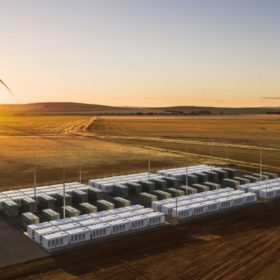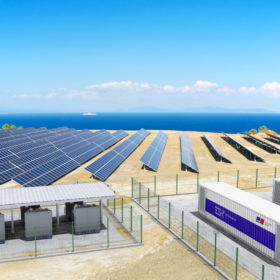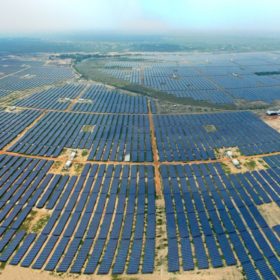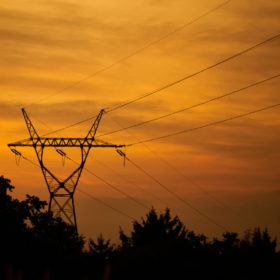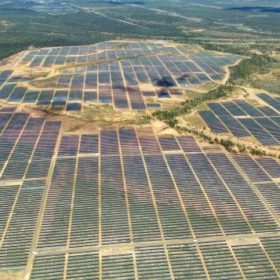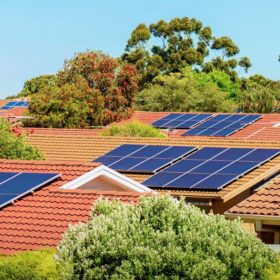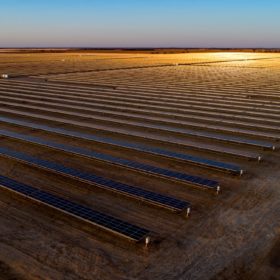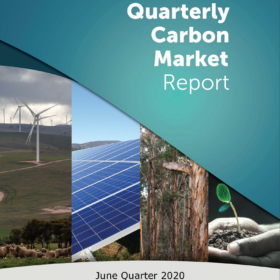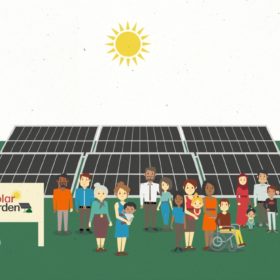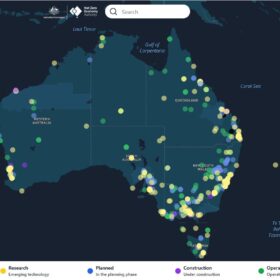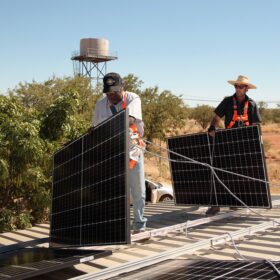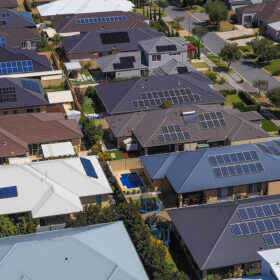Green light for the $300 million green Bundaberg Hydrogen Hub
The first of three large-scale green hydrogen plants in the pipeline of the Green Hydrogen Australia Group has been given the green light. The Bundaberg Hydrogen Hub, featuring an 80 MW hydrogen electrolyser, will produce clean hydrogen for Australian hydrogen vehicle developer H2X.
Goyder Renewables Zone off to a capital start as ACT charges up two big batteries
The forecast for the ACT is two big batteries and gale-force winds as the territory’s Government awarded two considerable contracts in its latest ‘reverse auction’, including a 14-year contract with Neoen, the first for its massive Goyder Renewables Zone.
Solar-plus-storage for the Cook Islands
Around 4.2 MWh of energy storage capacity will be connected to a solar and diesel micro-grid on Rarotonga, the largest of the islands in the South Pacific nation. Three 40-foot containers with a total power output of 4.8 MVA will be used as a power reserve and for grid support by utility Te Aponga Uira.
Adani becomes world’s largest solar developer
The world’s sixth-largest solar player in 2019 has risen to the top spot by securing a contract from Solar Energy Corp. of India to develop 8 GW of PV capacity.
NREL scientists encourage ‘optimal’ PV curtailment
Solar curtailment might become a valuable aspect of future PV deployment, particularly if grid operators start focusing on ‘curtailment management’ instead of ‘curtailment prevention.’ Management would include measures such as flexible generation, storage, load flexibility, and regional coordination.
QLD to go it alone with $500 million Renewable Energy Fund to lead green recovery
After being ignored by the Federal Government, Queensland has announced a $500 million Renewable Energy Fund for state-owned energy corporations to invest in commercial renewable project and infrastructure, a particular complement to QLD’s three pending Renewable Energy Zones.
$215 million proposal for 50 MW of solar across QLD’s social housing
Solar Citizens, the Queensland Council of Social Service (QCOSS) and Queensland Conservation Council have come together to propose a $215 million initiative to the Queensland Government which would see 50 MW of solar installed across more than 50,000 social dwellings to help households save on their energy bills in these tough economic times.
The Energy Security Board releases its opus on energy market reform!
With more than 2.2 million households catching the sun under rooftop PV, and 10 GW of grid-scale renewable generators connected to the NEM over the past decade, Australia’s energy system urgently needs to evolve new market mechanisms that support reliability throughout the transition to a low-carbon electricity supply. The Energy Security Board today published proposed reforms that promise to develop a framework fit for the 21st century.
Reading between the lines of the Quarterly Carbon Market Report
The Clean Energy Regulator puts an optimistic spin on solar development in its Quarterly Carbon Market Report for the second quarter of this year. Angus Taylor opportunistically leaps on the news. But with 28.4 GWac of renewable projects seeking connection, investors take matters into their own hands.
Australia’s first large scale solar garden – city dwellers of the world, unite!
Almost a third of Australians are locked behind the solar barrier, they’re renters, tenants, urban apartment-dwellers who don’t have the luxury of installing their own solar PV. However, now city-dwellers can participate in the solar transition too, by becoming members of the Haystacks Solar Garden which operates in much the same way as community garden.

